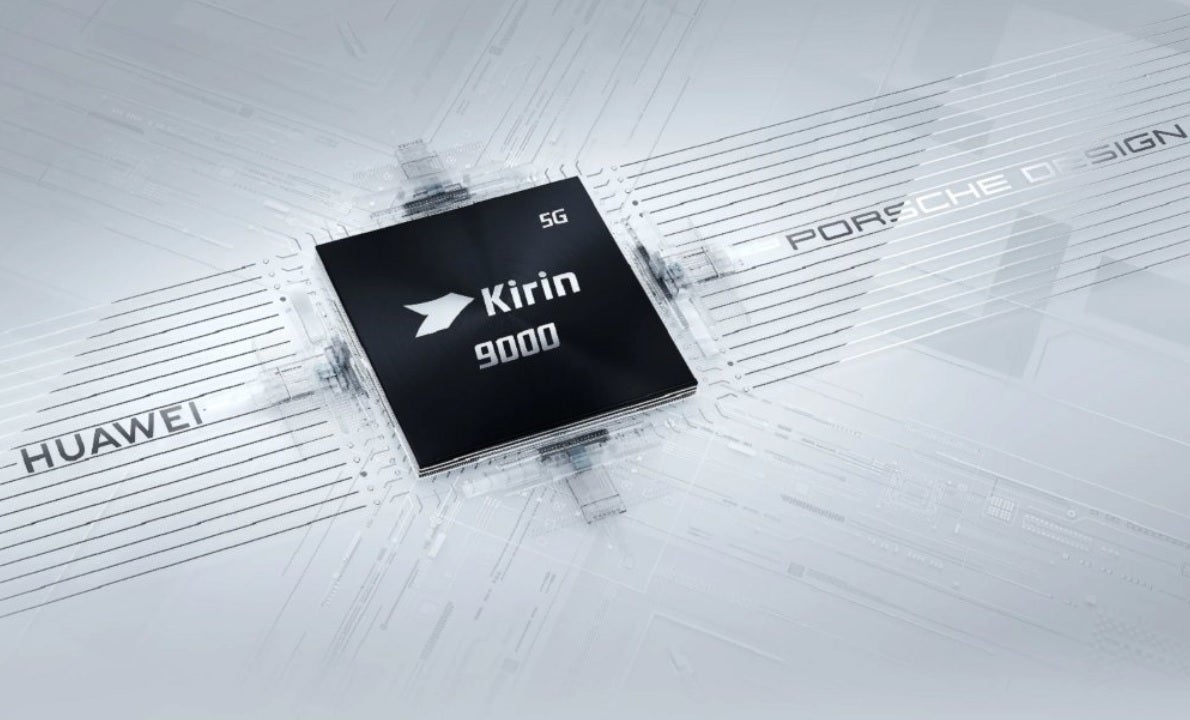Despite ban on receipt of cutting-edge chips, 3nm Kirin 9010 could be in the works for Huawei

Chipsets are a tough component to talk about when you're discussing Huawei. That's because the U.S. has banned foundries using American-made technology to produce chips from shipping them to the Chinese manufacturer. And what makes this so urgent this year is that Apple and Huawei are the first to bring chips made using the 5nm process node to their products. Simply put, the lower the number of the process node, the higher the number of transistors that fit inside a square mm. This typically means that more transistors are inside the component offering greater performance along with more energy-efficiency.
Twitter tipster says Huawei will have a 3nm Kirin chipset called the 9010
As an example, Apple's A13 Bionic chipset, used inside the 2019 iPhone 11 series, was produced by TSMC using its 7nm process node. The transistor density is 90 million transistors per square mm and these SoCs each contain 8.5 billion transistors. This year's A14 Bionic, found inside the iPhone 12 lineup, uses the 5nm process node and is stuffed with 134 million transistors per square mm or a total of 11.8 billion transistors in each chip. Huawei, hit hard by the new U.S. export rules, was TSMC's second largest customer after Apple until the ban took effect. This year, Huawei was able to take some deliveries of the Kirin 9000 before the ban started and the components are being used on the company's new flagship Mate 40 line. They are also earmarked for the sequel to the foldable Huawei Mate X (possibly called the Mate X2) and for 5G base stations that work with the outfit's 5G networking equipment.

The currently employed 5nm Kirin 9000 will be replaced by the next-gen 3nm Kirin 9010 says Twitter tipster
Based on the observation made by Intel co-founder Gordon Moore (the latest and updated version from the mid 1970s), we should be looking at 3nm chips by 2022. In fact, Apple has reportedly reserved production slots with TSMC for 3nm production of its A-series and M-series chips two years from now.
Despite the U.S. Commerce Department's export rules, which has caused many analysts to believe that Huawei's Kirin line will be no more after the Mate 40 series and the Kirin 9000, some of those "in the know" state that next year's P50 lineup will also be powered by the Kirin 9000. And today, a Twitter tipster who goes by the handle of Teme (@RODENT950) disseminated a terse tweet that might be short on words but long on meaning. The next-generation Kirin chip, he says, will be the 3nm Kirin 9010. How that will be accomplished is not explained although some analysts believe that U.S. President-elect Joe Biden might not continue to punish Huawei as severely as Donald Trump did during his one term as president. Biden takes office on January 20th.
Besides blocking Huawei from receiving chips it designed itself (which were manufactured by TSMC), last year the Trump administration called the phone and networking equipment producer a threat to U.S. national security and placed it on the Entity List blocking it from obtaining parts made by U.S. firms. The move also prevented Google from doing business with the Chinese manufacturer which might have dampened sales of international models. But in China, most of Google's Android apps are banned anyway. Still, the move forced Huawei to develop its own ecosystem which has turned out to be well received by users.
Back in 2016, Huawei's chief of consumer products, Richard Yu, set an ambitious goal. By 2021, the executive said that it would pass Samsung to become the largest smartphone manufacturer in the world. Earlier this year, Huawei did in fact briefly take over first place during the first quarter. But with the U.S. continuing to make life difficult for the firm, Huawei was forced to sell off its Honor brand for a reported $15 billion. Responsible for 26% of Huawei's phone sales last quarter, or roughly 13.4 million units, the end result is that Huawei will fall behind Samsung by a larger margin. Honor will become the eighth largest phone maker worldwide ahead of such well known companies like LG and Motorola.
Follow us on Google News










![A new Android bug is making it impossible to install new apps. Are you affected? [UPDATE]](https://m-cdn.phonearena.com/images/article/176703-wide-two_350/A-new-Android-bug-is-making-it-impossible-to-install-new-apps.-Are-you-affected-UPDATE.webp)

Things that are NOT allowed:
To help keep our community safe and free from spam, we apply temporary limits to newly created accounts: